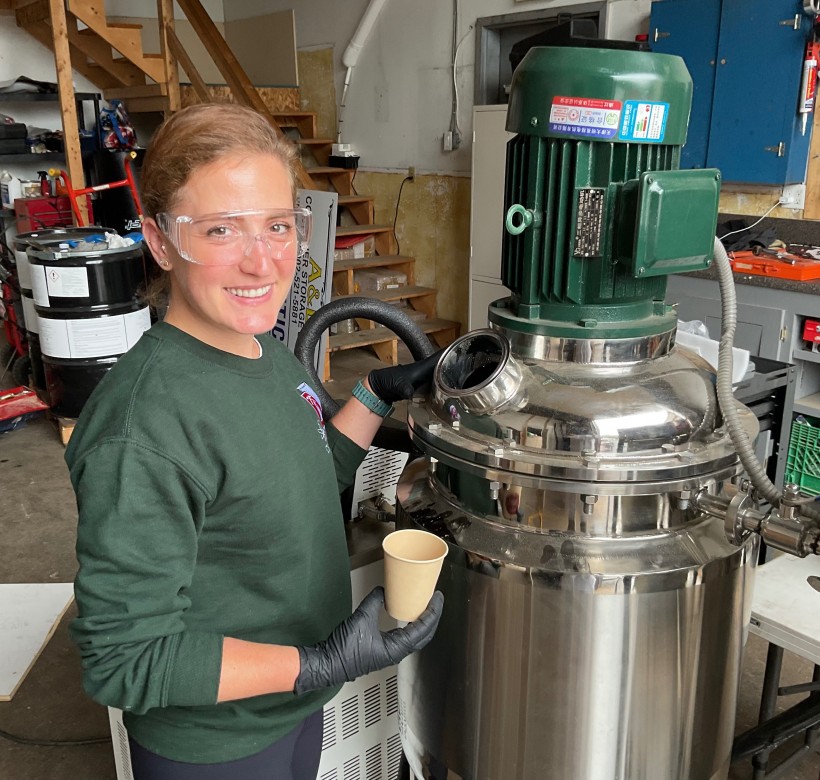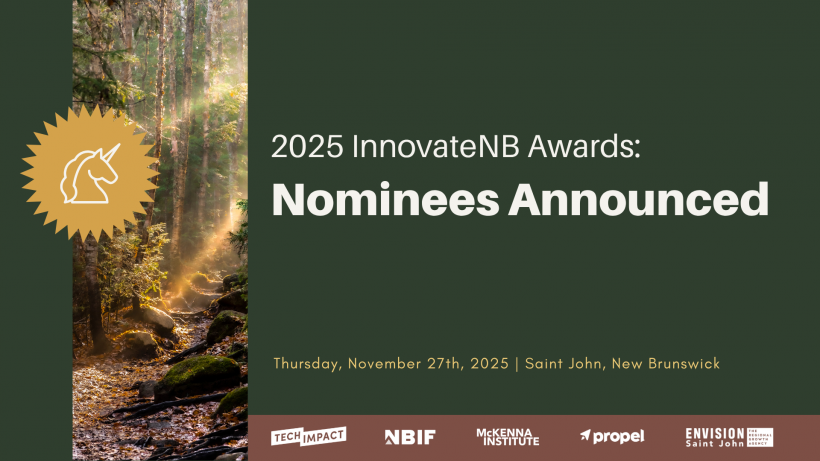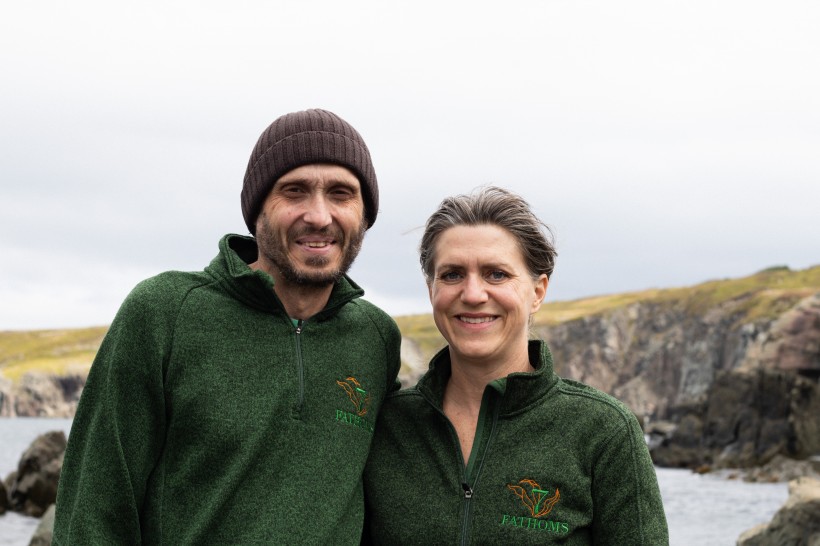Dartmouth-based oceantech company Sedna Technologies has released Sensor Globe, a piece of hardware that can gather real-time data on live seafood in tanks, fish farm pens or other environments.
The three-year-old company is dedicated to monitoring the conditions of live seafood as it moves through the supply chain. Its Sensor Globe is immersed in water with the fish or shellfish to give personnel real-time readings on conditions in the tanks.
As well as launching the new product, Sedna also announced that it has brought on veteran seafood executive Trond Severinsen to serve as its executive in Norway, a country known throughout the world for its ocean technology.
“We discover new uses and markets for the Sensor Globe concept just about every week right now, including the growing need for environmental impact monitoring by various companies involved in mining, forestry, energy, construction, engineering and consulting, as well as in many government agencies,” said Severinsen in a statement. “The product is in reality a `disruptive technology’ and with a price point that opens up a huge global market.”
In an interview, Sedna CTO Aleksandr Stabenow said the company has been working toward a product like the Sensor Globe for several years. He and Co-Founder Sheamus MacDonald set out to improve the live seafood supply chain – from the ocean to the table – by giving people in that supply chain better information about the species and their environments.
The Sensor Globe contains several sensors, and its buoyancy can be adjusted so it can float, sink or move in the water along with the animals.
By placing the grapefruit-sized orb in a tank with fish or shellfish, seafood producers can monitor the animals’ environments to make sure they’re safe and receive real-time alerts if there are problems. As well as such metrics as temperature, pH and cleanliness of the water, it can also tell if tanks are jarred too much during shipment.
Sedna has just launched the first version, which has micro-sensors assessing such factors as optical oxygen, temperature, pH, acceleration and shock. Later this year, the team plans to add sensors for nitrate, ammonia and salinity and will add other micro-sensors in coming years.
“We’re now working with it in live lobster pounds, and we’re working on vessels,” said Stabenow. “We’ve done some testing with live snow crab in Cape Breton so the sensors will go down in the trap and [follow the crabs’ journey as they’re] transferred to the boat and the processing facility.”
He said the company’s revenues slowed a bit to 50-percent annual growth during the pandemic, but the eight-member team has regained momentum and is forecasting a 100 percent increase in revenues this year.
After raising $125,000 from friends, family and angels when it began, Sedna has since grown through revenues and non-dilutive funding, such as the $111,000 loan it received from the Atlantic Canada Opportunities Agency in February 2020. Given how few venture capital funds are focused on ocean technology, Stabenow said the company will probably look for a strategic investor when it comes to raising equity capital again.
Meanwhile, Sedna has bolstered its senior management team by bringing on Severinsen, who has spent 25 years with AKVA group, the Norwegian company that produces solutions for the aquaculture industry. He previously spent several years in Canada heading AKVA’s North American business, and last year started his own consulting venture.








